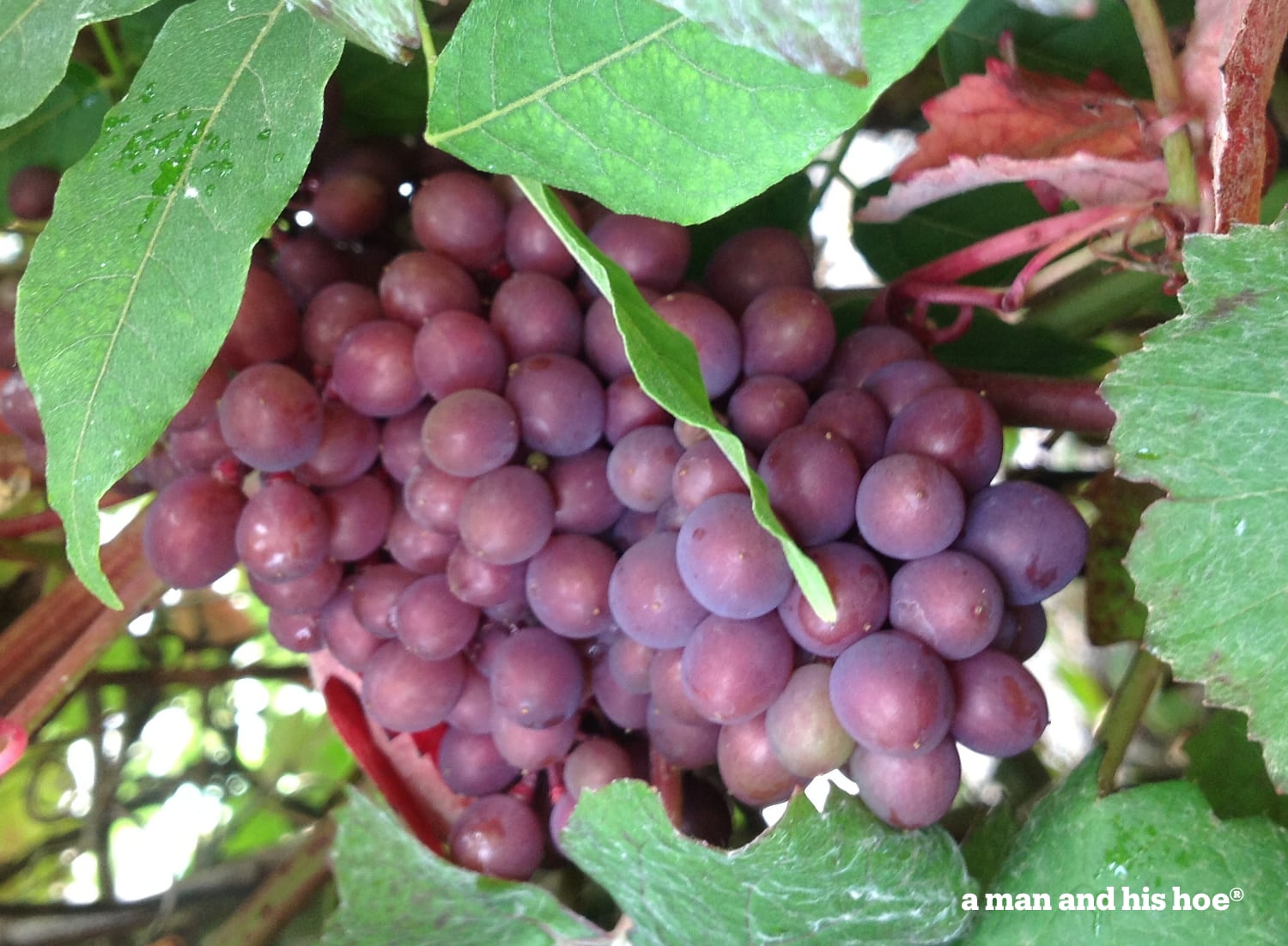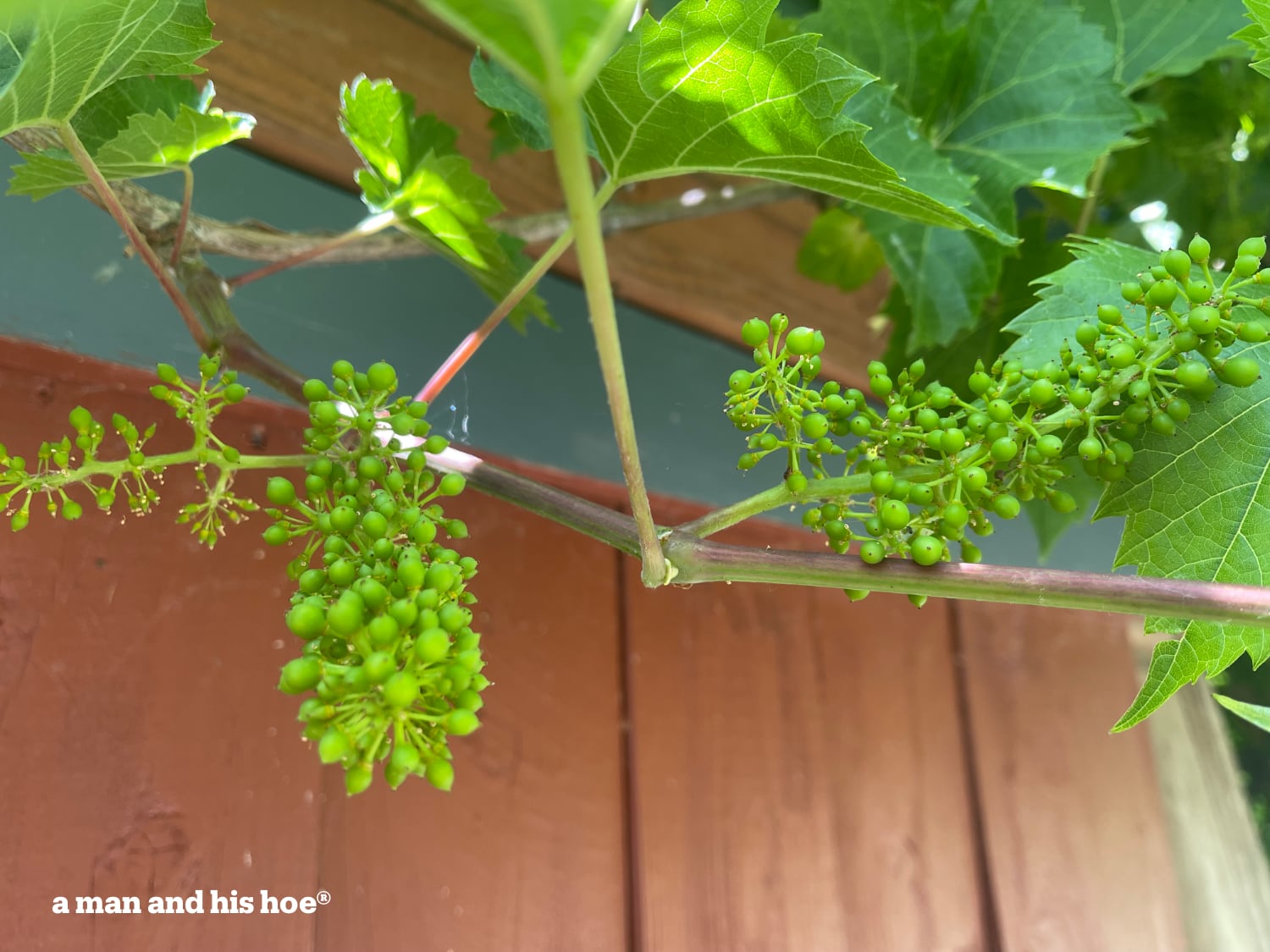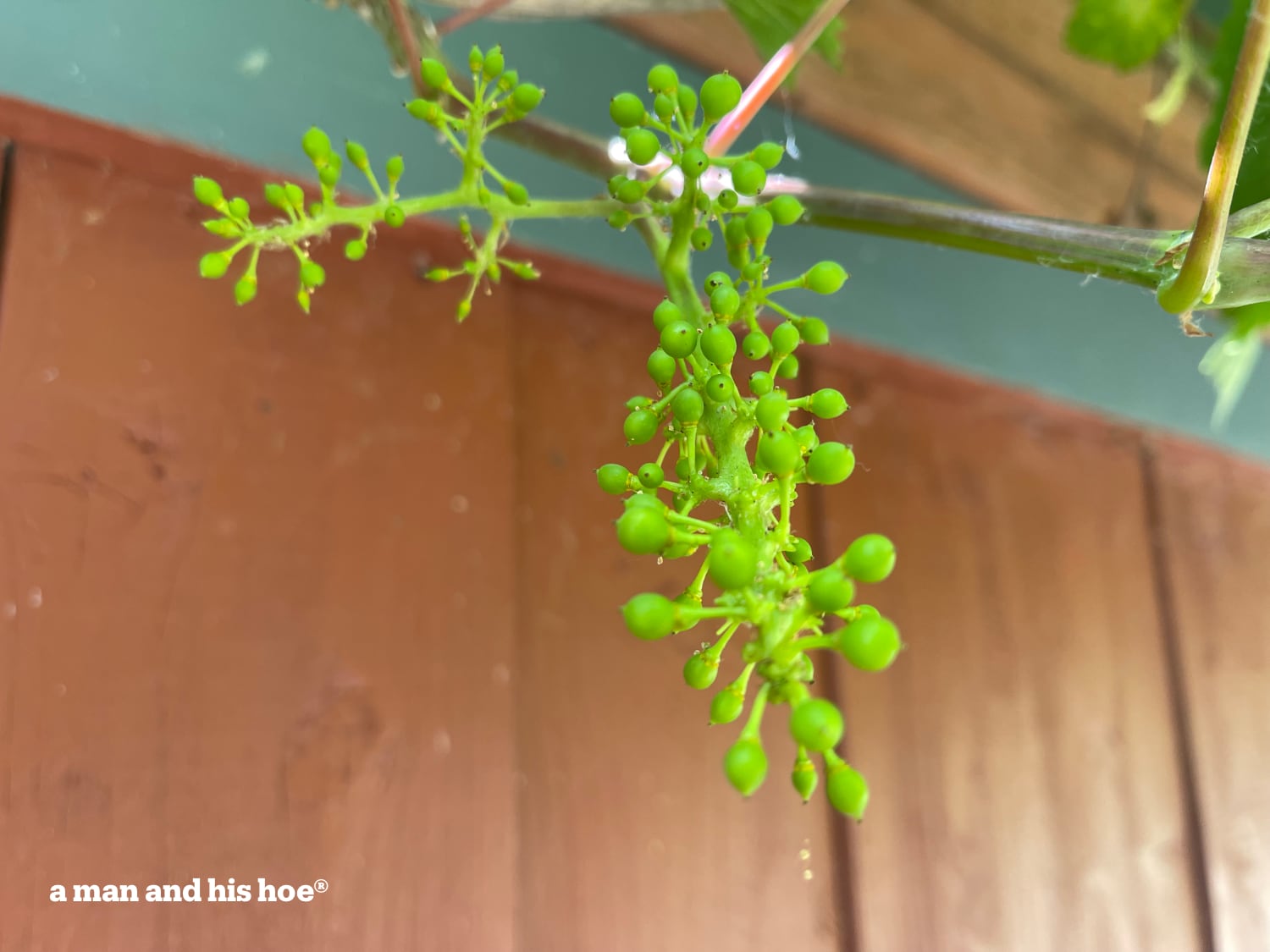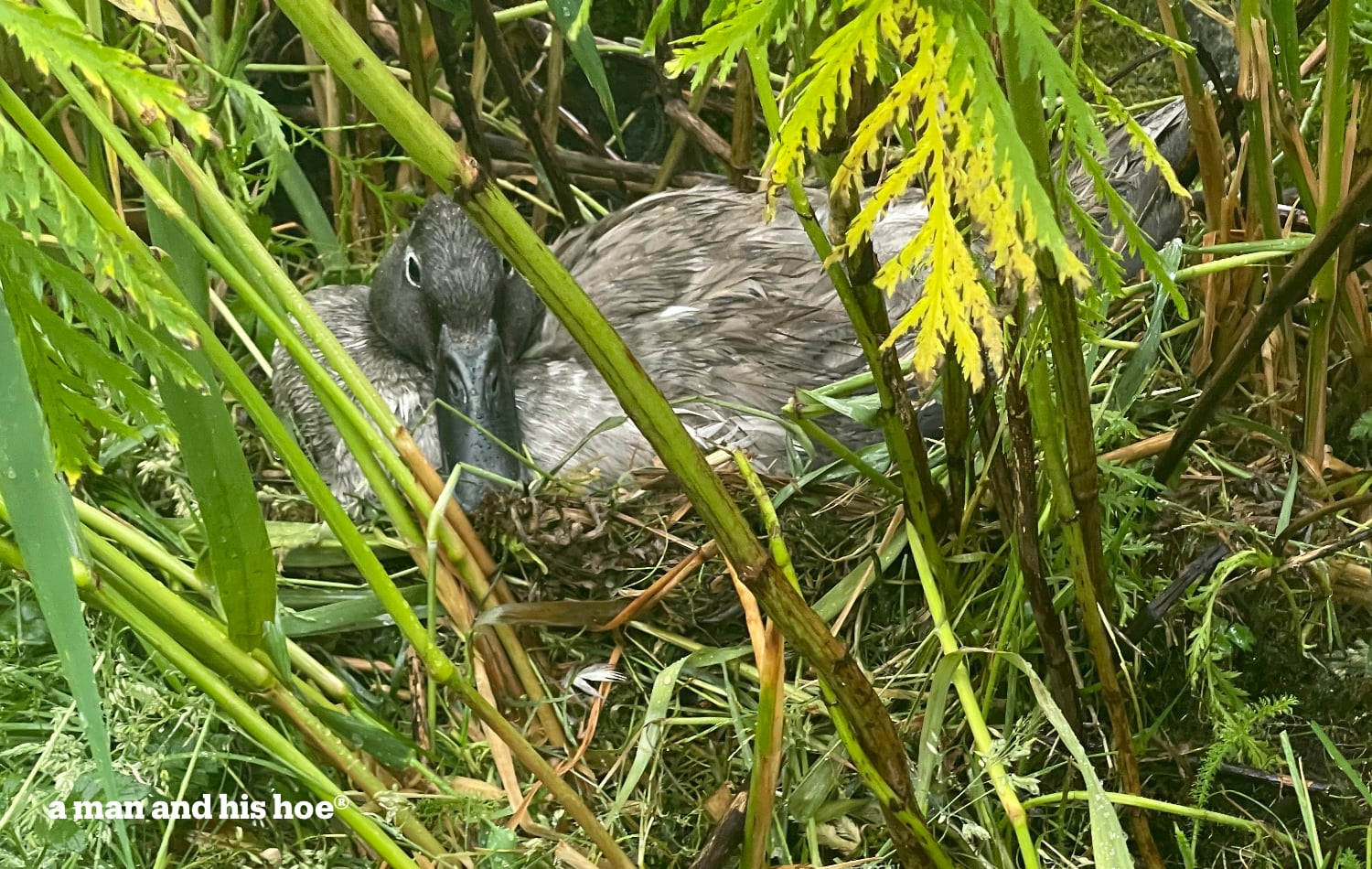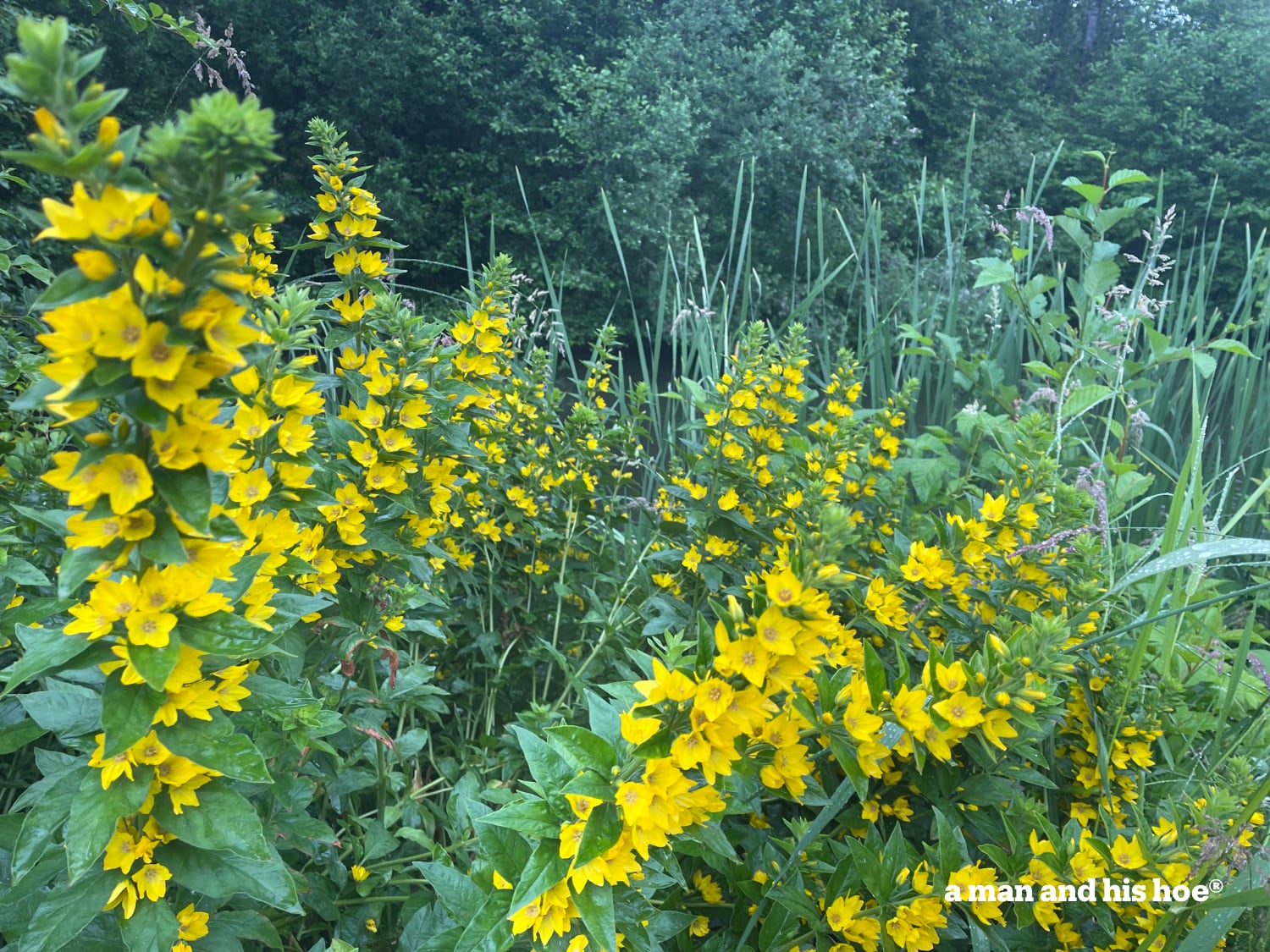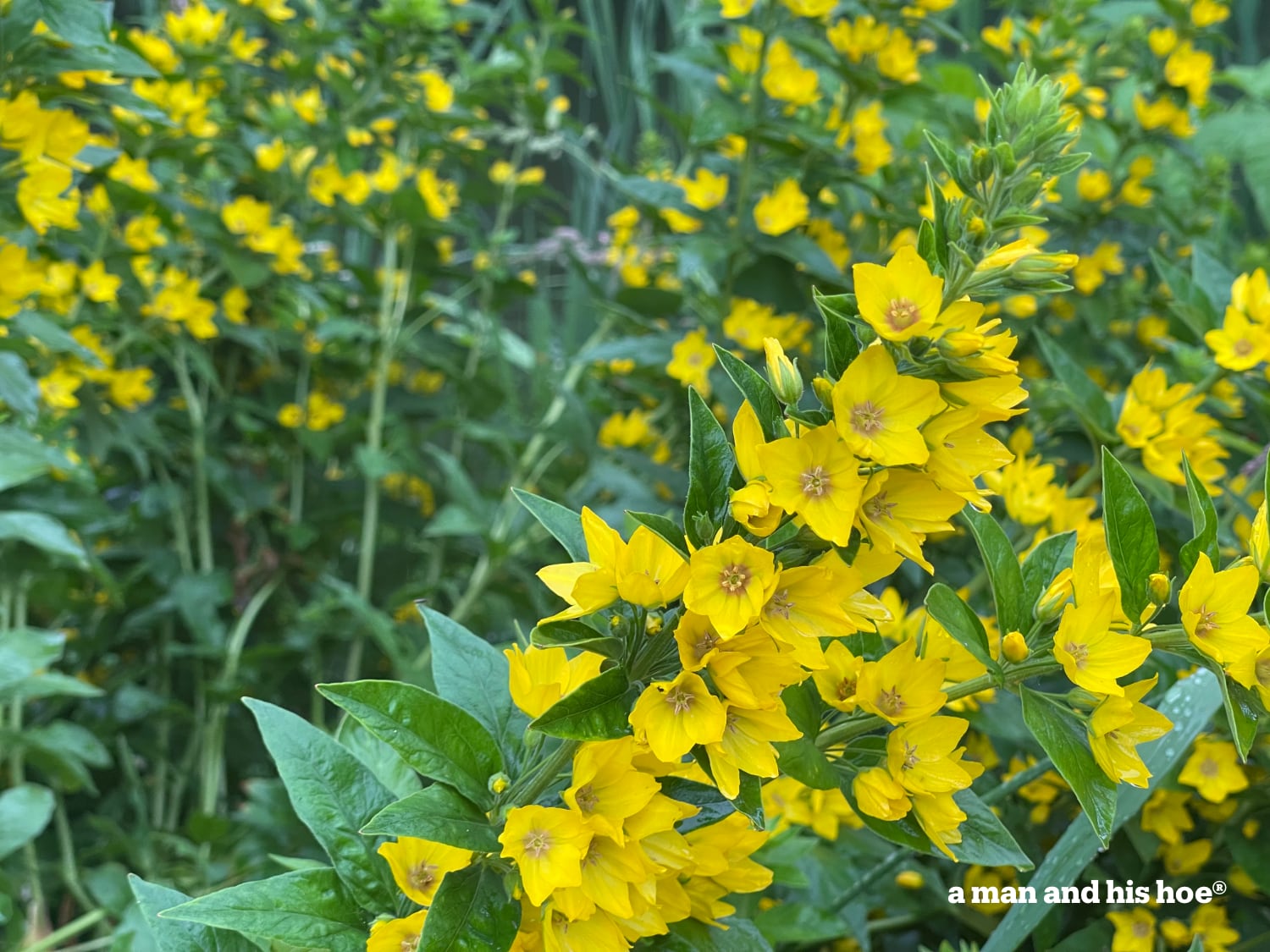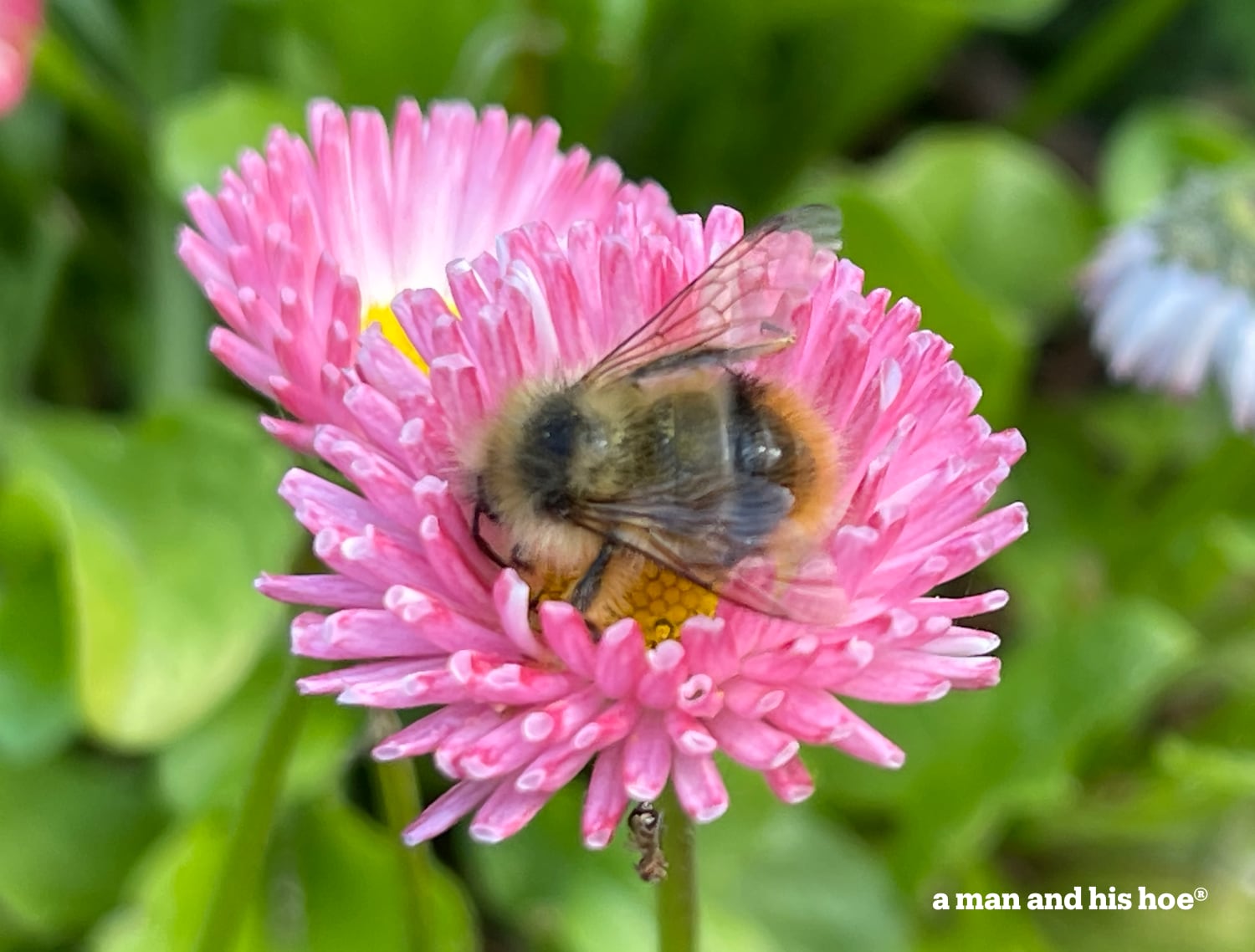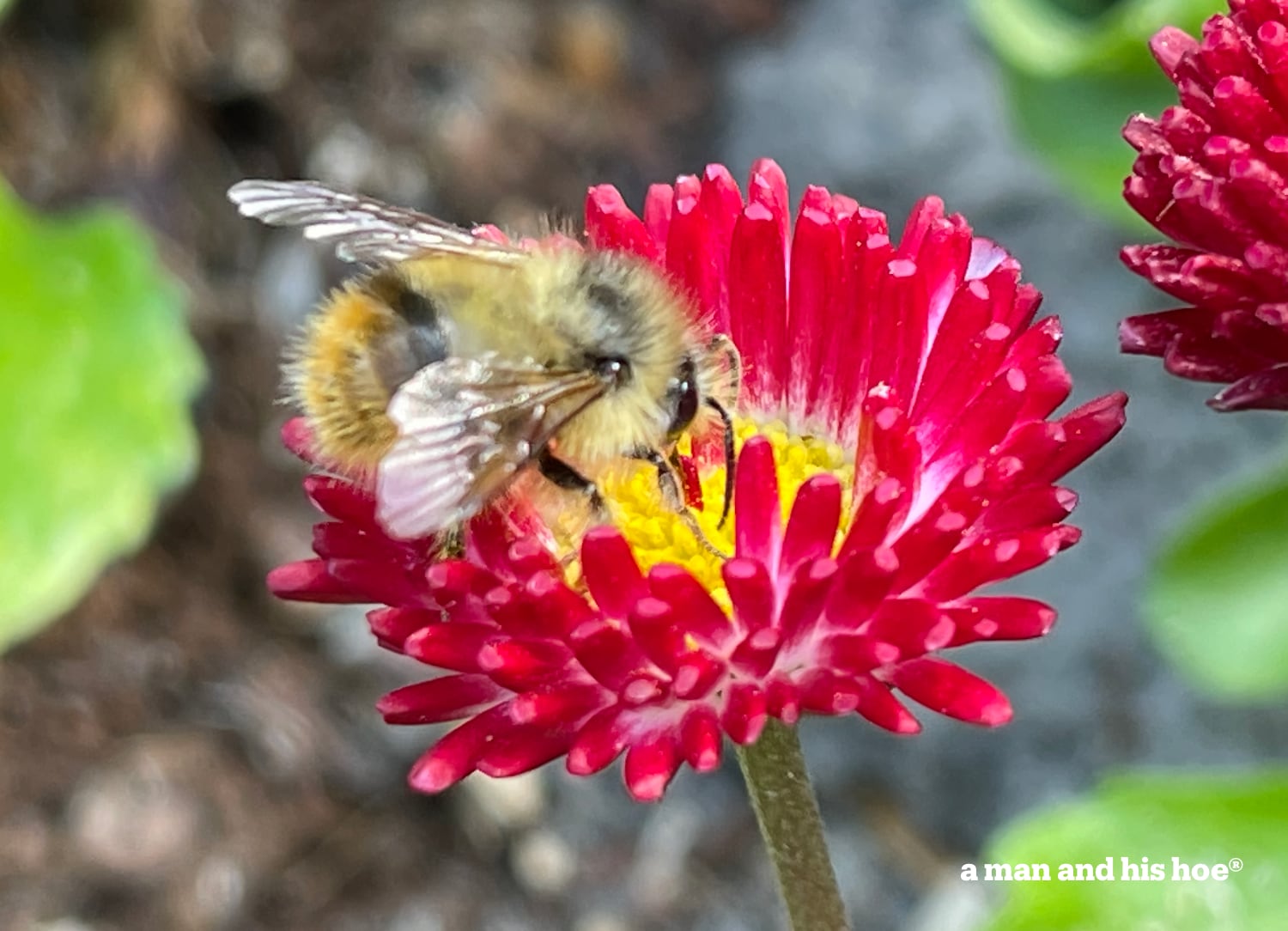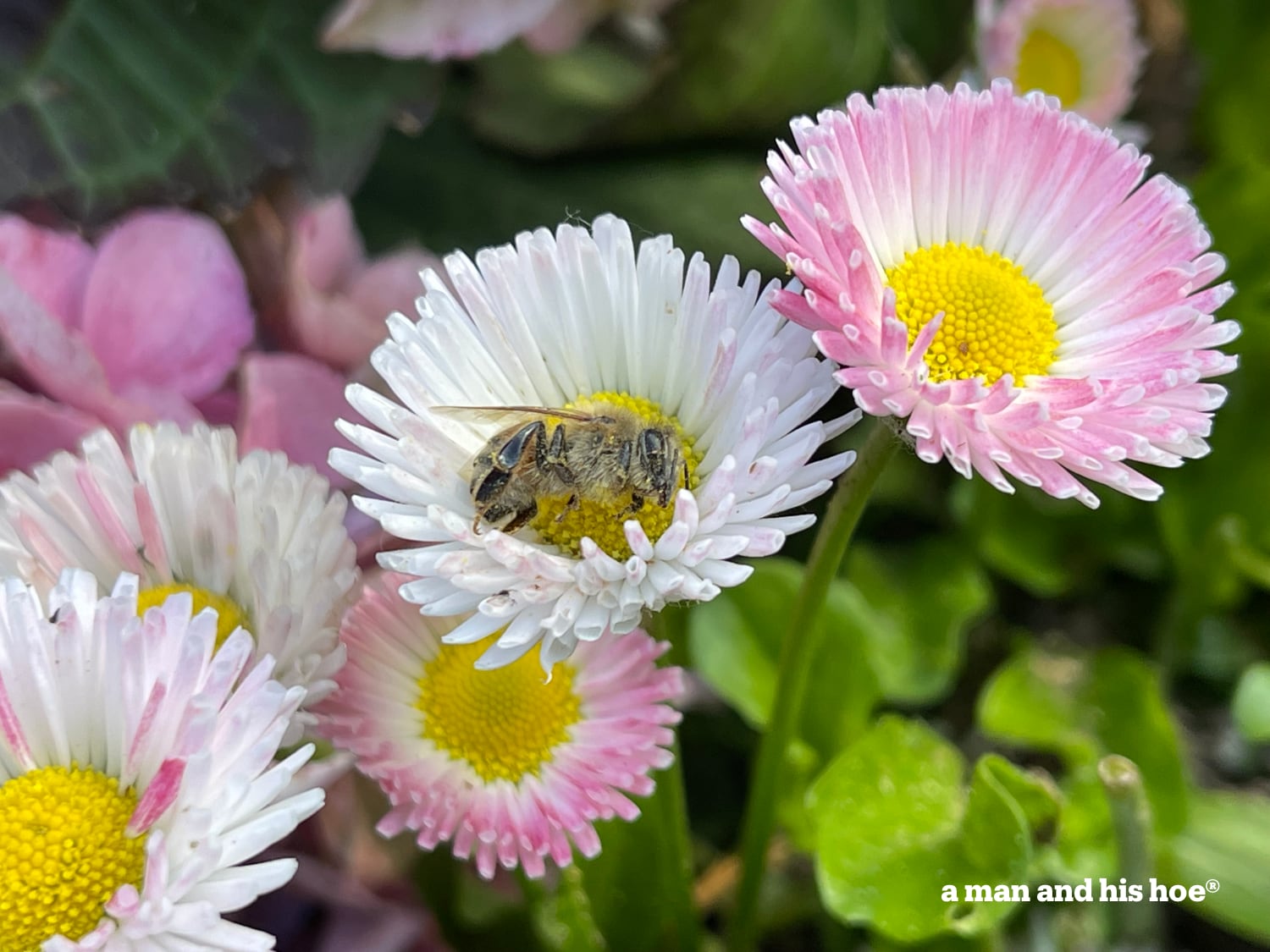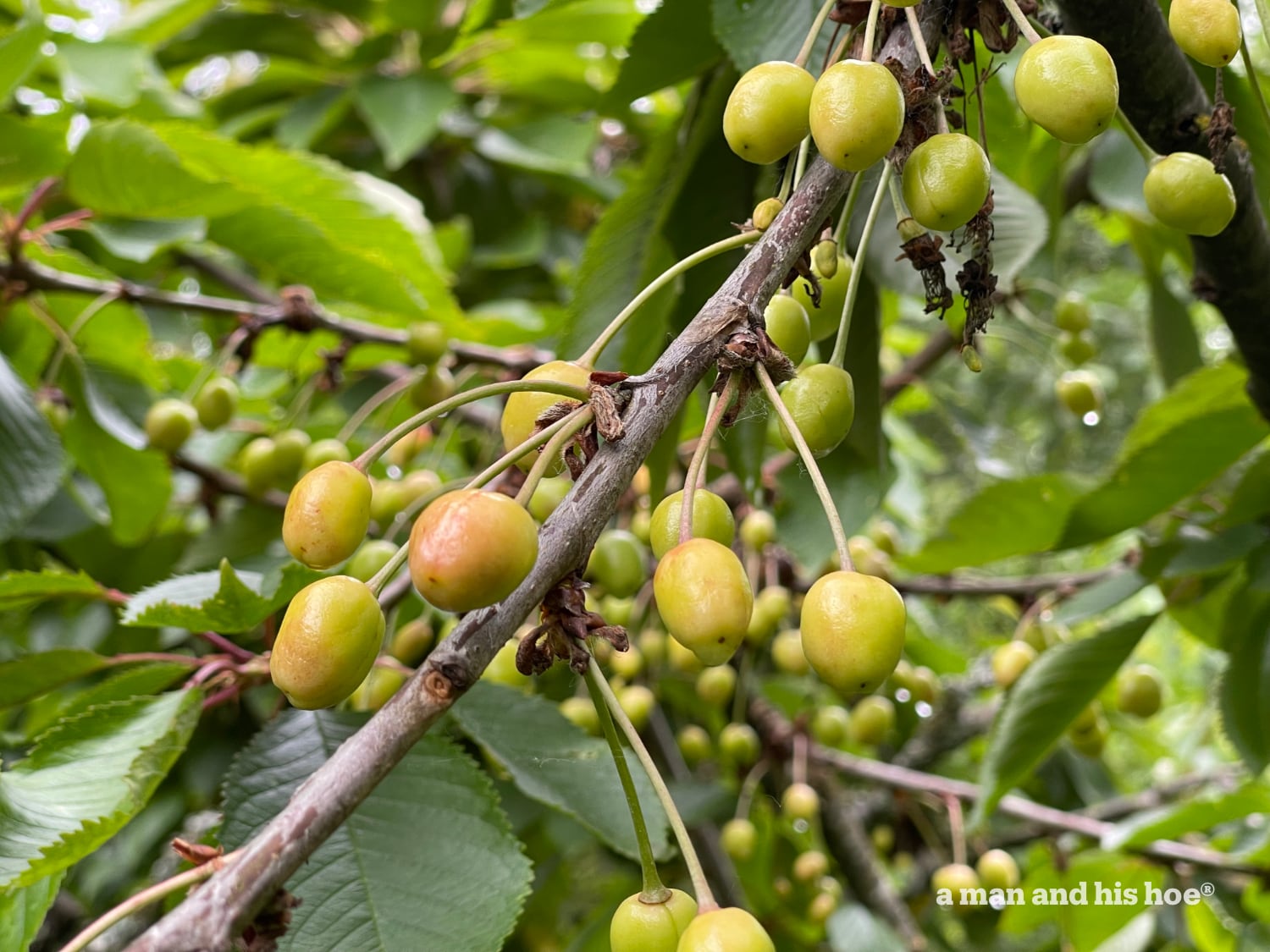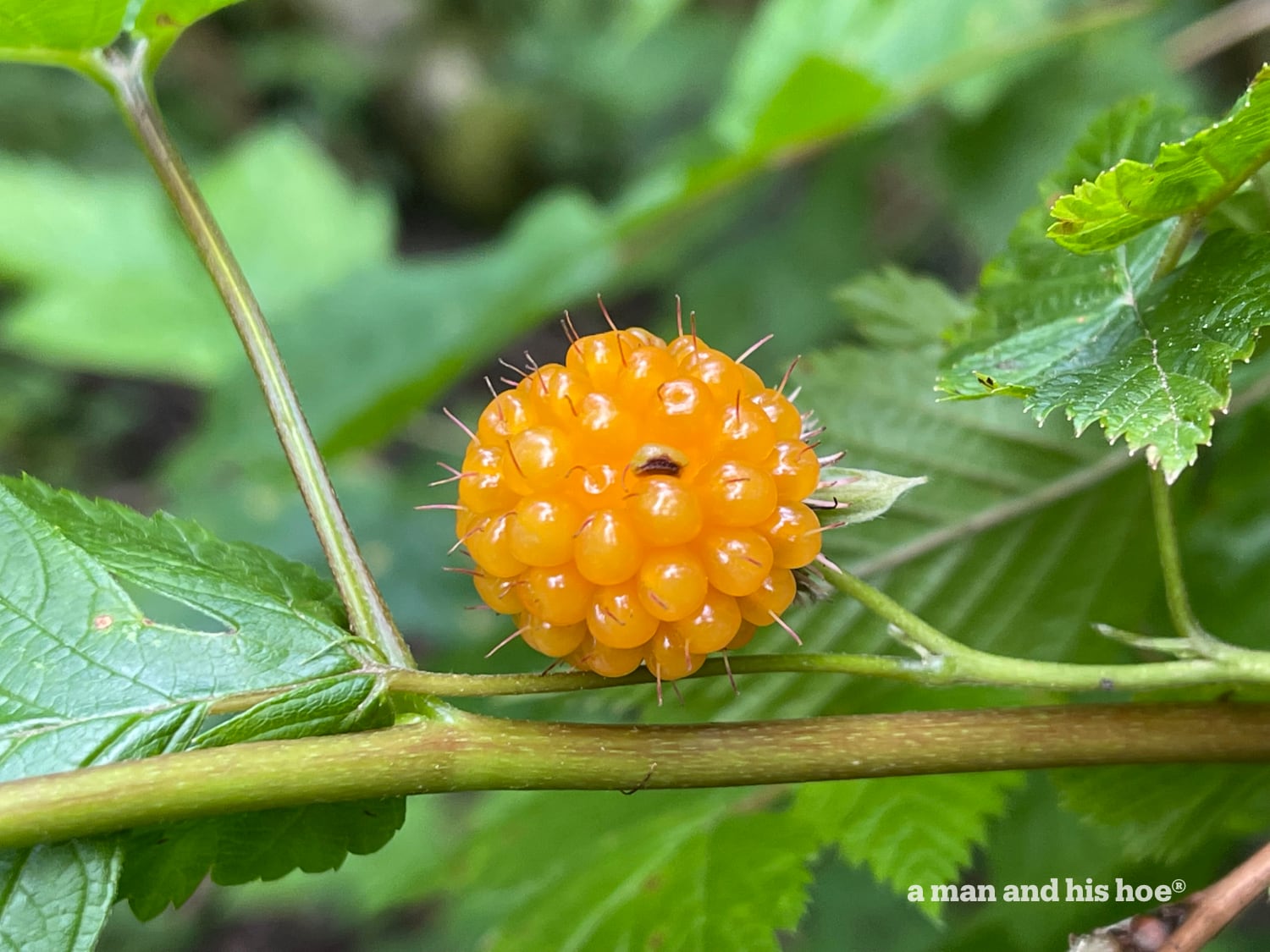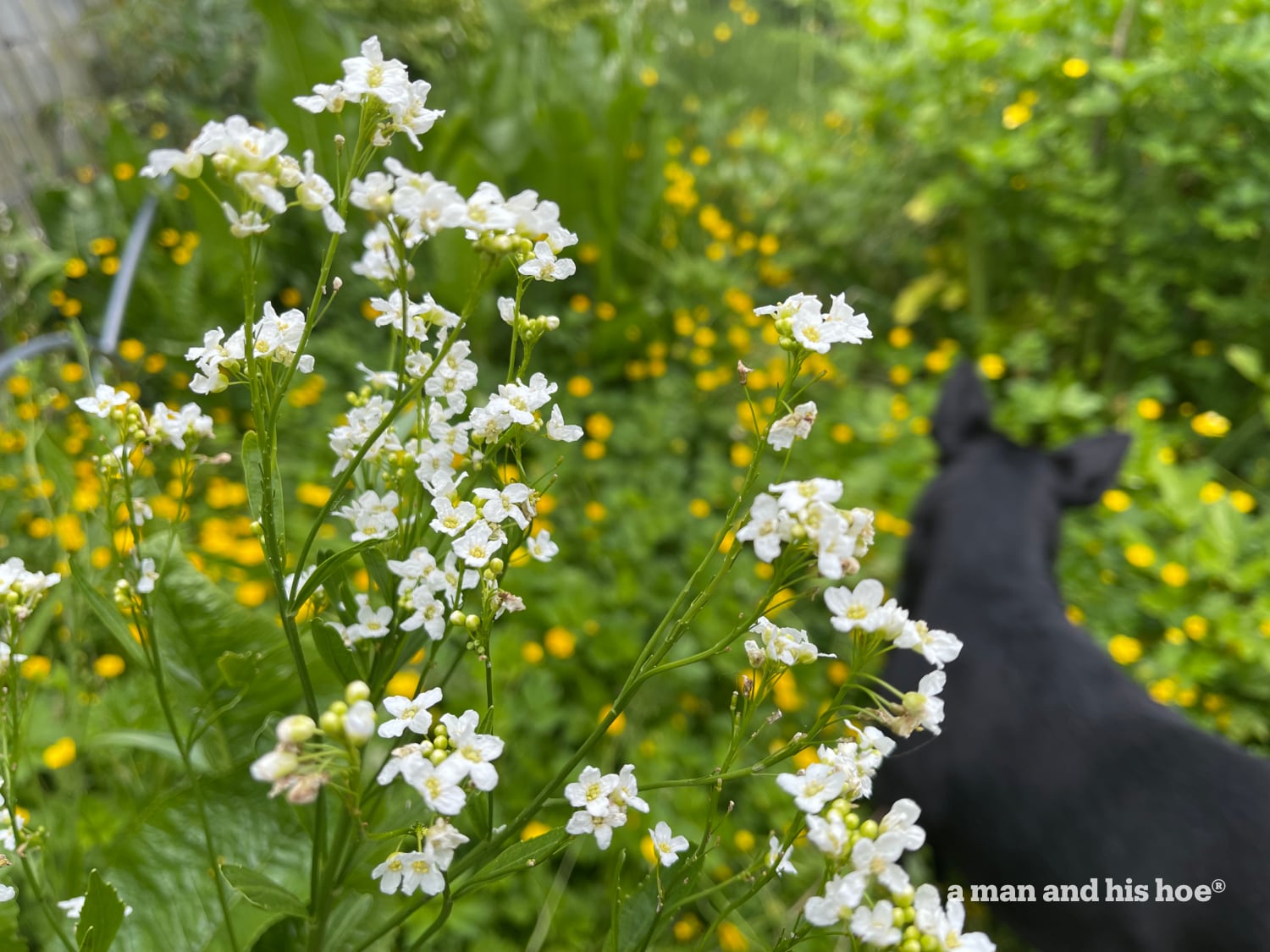
Potato flowers bloom in a gentle July. I’m not sure why potato flowers aren’t a stable in floral shops during mid July and early August. I like cutting them and putting them in vases.
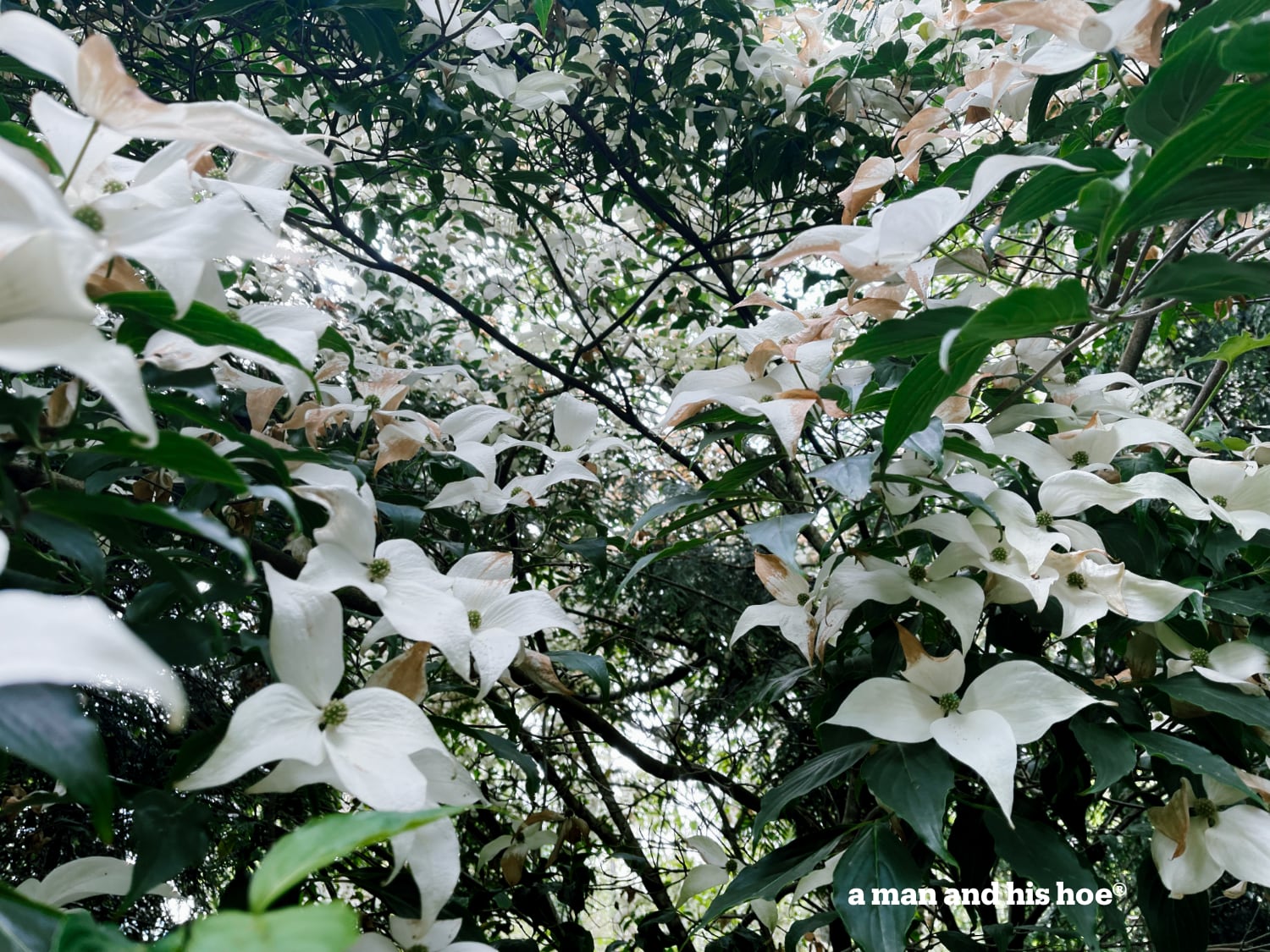
The dogwood at the edge of the woods is in full bloom. Hemmed in by cedars, it climbs between the evergreens. It’s flowers look like a flock of birds flying between the trees. Why “dogwood” and not “flying dove tree”? One idea is that “dogwood” comes from the Old English “dagwood” meaning that the slender branches were good for making “dags” (sharp objects). Though there is no documentation to back this up. Then again, there isn’t a huge library of Old English material. There are some 400 surviving manuscripts from this time. So the chances of one of those manuscripts bothering to mention “dagwood” is slim.
I took an Old English class in college. My textbook from that class is somewhere. None of us would understand a thing an Old English speaking person would say. You can hear someone recite the Lord’s Prayer in Old English here. Though I doubt someone from 200 years in the future will be able to understand a thing we say.

Fiddle ferns overgrow a stretch of path each spring. They are drying out now. So I pluck the fiddle ferns which tower over my head and lay them down on the path. As their fronds dry out, they make the softest of paths to walk on.
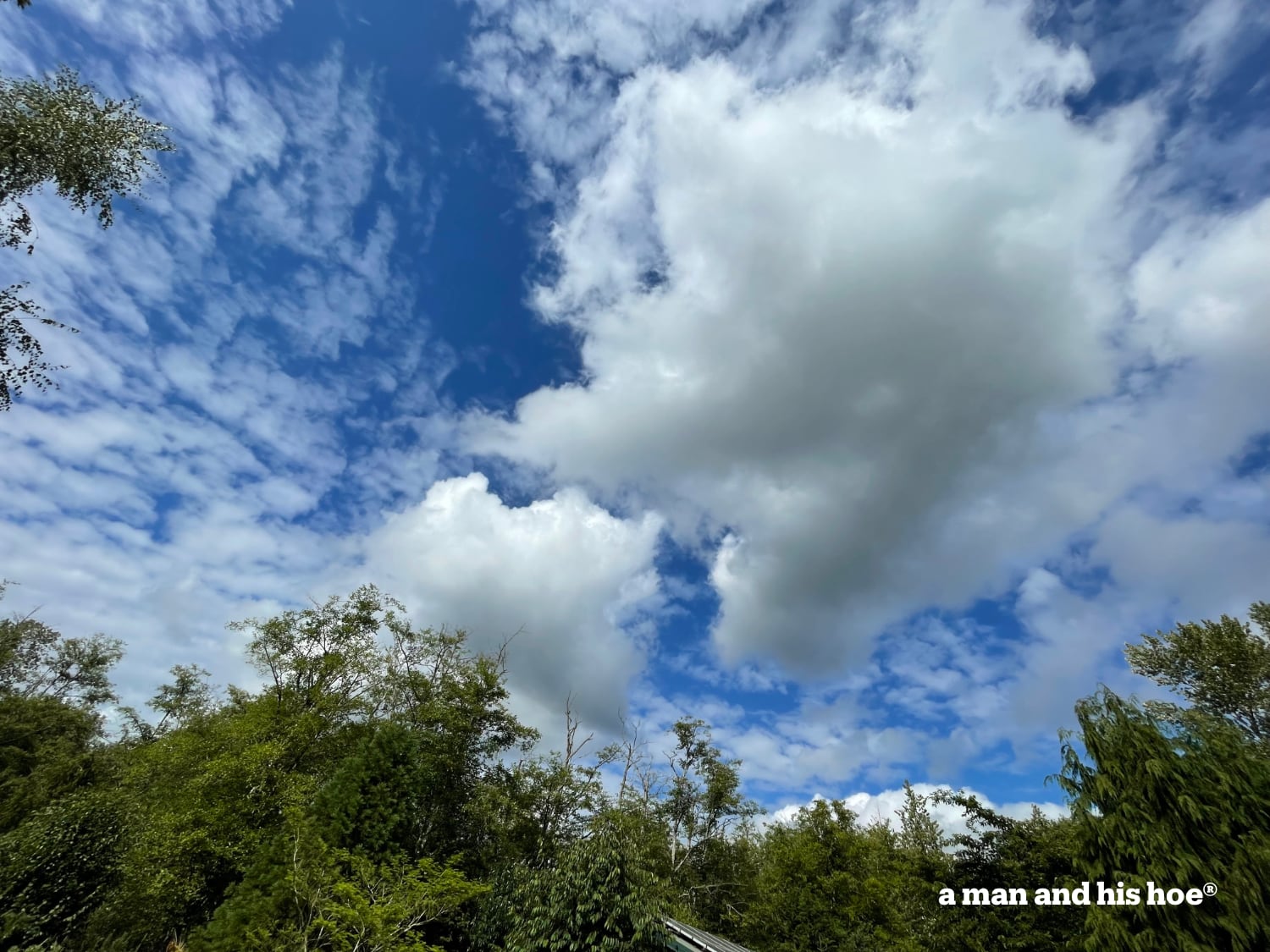
Can a sky be more like a gentle July? White clouds on a cobalt blue sky. What would it be like if we could hear the clouds float by and we could tell by the sound if it was a puffy cloud or a thin, scrabble one. Instead of lying in the grass and watching the clouds go by, we’d sit with our eyes closed listening to them, getting chills up and down our spines as we hear approaching ominous ones, waiting for the crack of thunder. Or the soft sounds of puffy clouds would lull us to sleep.
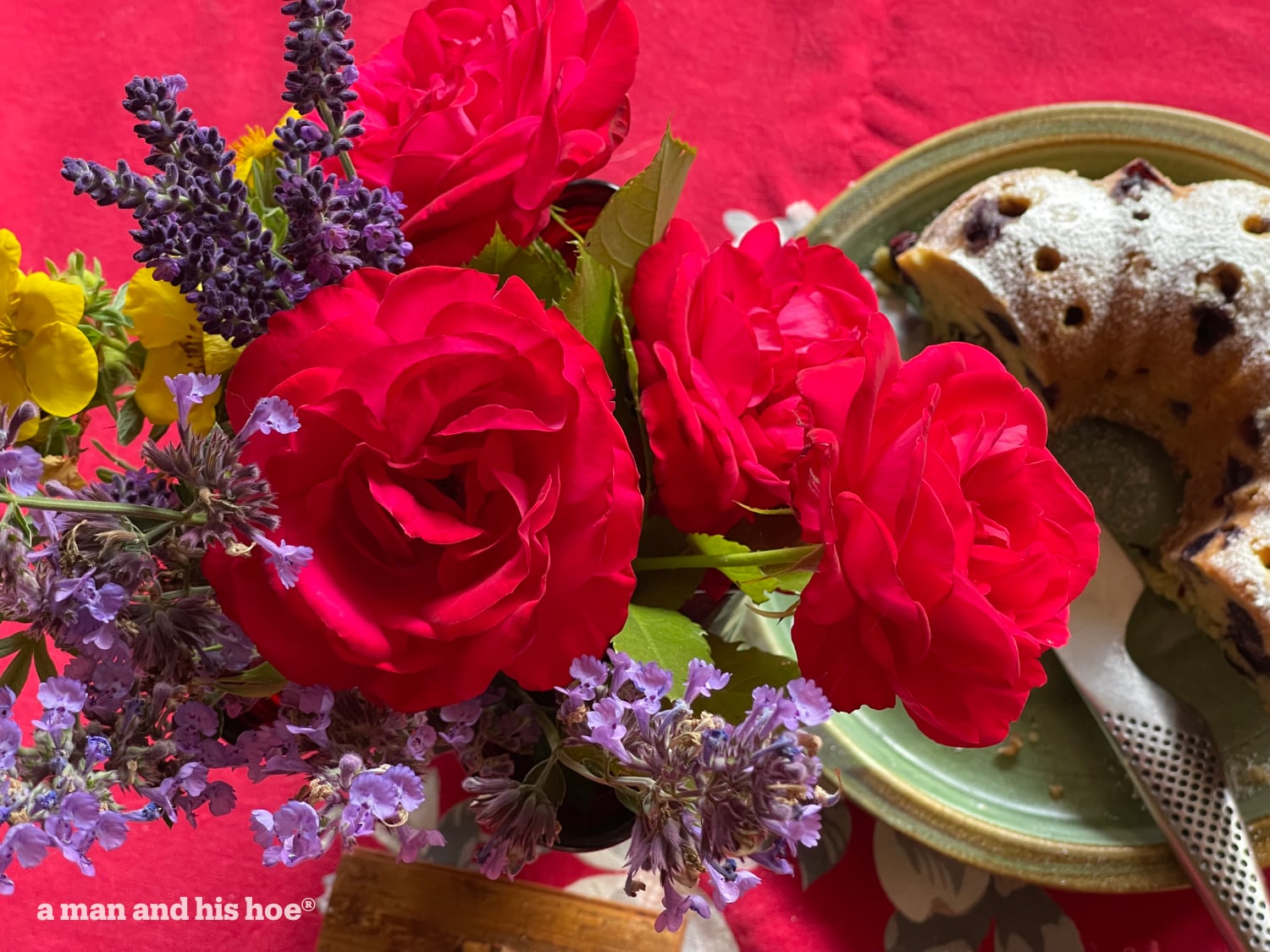
Happiness is a bounty of flowers at hand to decorate the table. The roses and lavender I planted last year bring me more happiness than I imagined. A good reason to plant more this year.

